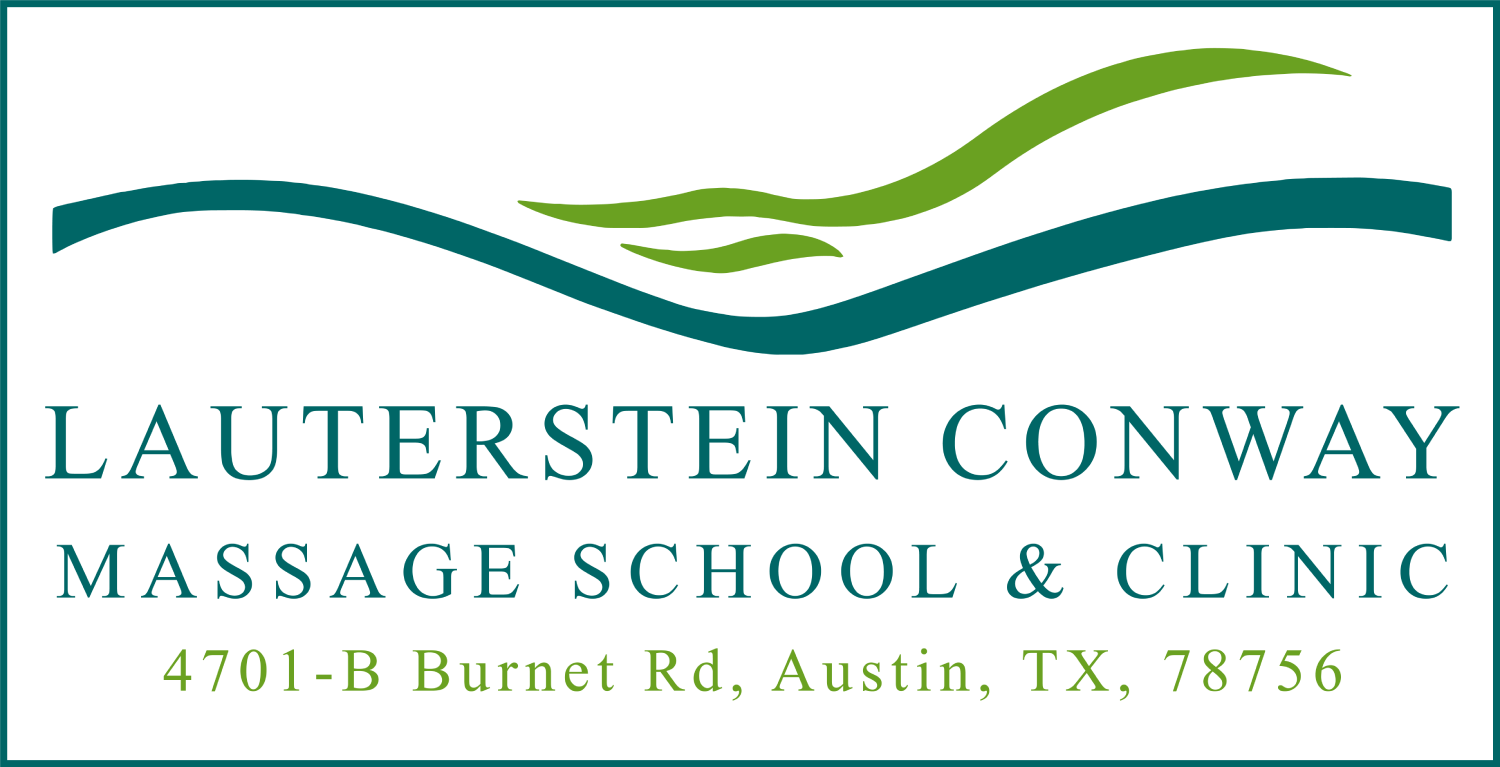Over the last few years, some practitioners of so-called medical massage have implied it represents the highest level of our profession.
First problem, in the U.S. most state laws say massage is NOT the practice of medicine. Many therapists have gone on blithely ignoring that.
Second problem, assuming the superiority of a medical approach ignores the client. The best massage is the one that meets the need of the client, not the one that the practitioner personally prefers.
In light of that it is important we resurrect the model proposed a number of years ago by Jeff Maitland, former head of the Rolf Institute. There are three realms of massage/bodywork or somatic education, which some people like to call it.
WELLNESS MASSAGE – spa massage, Esalen massage, and other approaches that often are more primarily aimed at general relaxation, pleasure and nurturing than pain relief. This is what most therapists learn first. Let us not forget that pleasure is one of the most important ingredients of health!
MEDICAL OR ORTHOPEDIC MASSAGE – NMT, muscular therapy, trigger point work, etc. The focus here is primarily on the relief of pain and injury due to physical causes. This requires deeper knowledge of anatomy, kinesiology, postural and gait analysis, and effective clinical protocols for musculo-skeletal problems.
HOLISTIC MASSAGE/INTEGRATIVE BODYWORK – Rolfing, Zero Balancing, Craniosacral Therapy, etc. These approaches recognize that often pain comes equally from psychological stress/energetic tension as from physical sources. So these combine orthopedic competence with an understanding of the psyche and how to affect the whole person positively within our scope of practice.
Wouldn’t it make sense that a full-range practitioner will respect all three realms and have the capability to do wellness, orthopedic and integrative work?
It is true that massage/bodywork is an art and a science. As such some of us choose to specialize in one of these realms or it may be our favorite mode of self-expression. That’s fine.
But ultimately we are ethically and appropriately called upon to respond with what best meets the needs and desires of each client.
